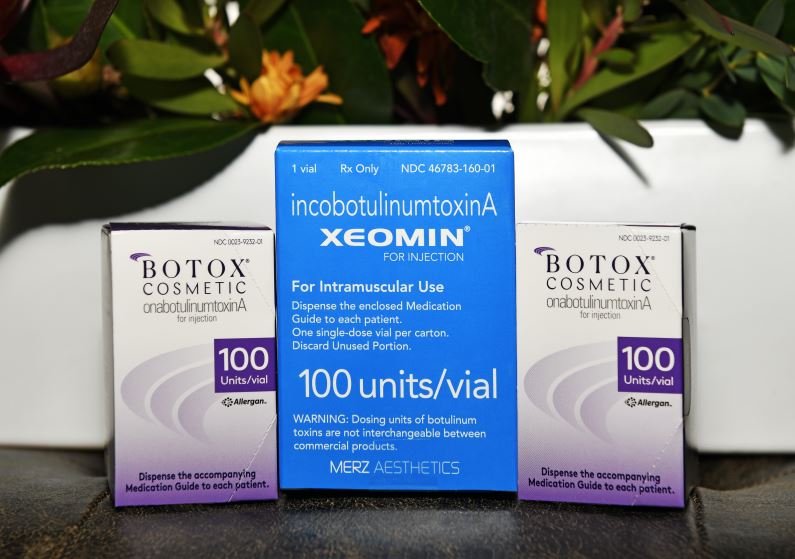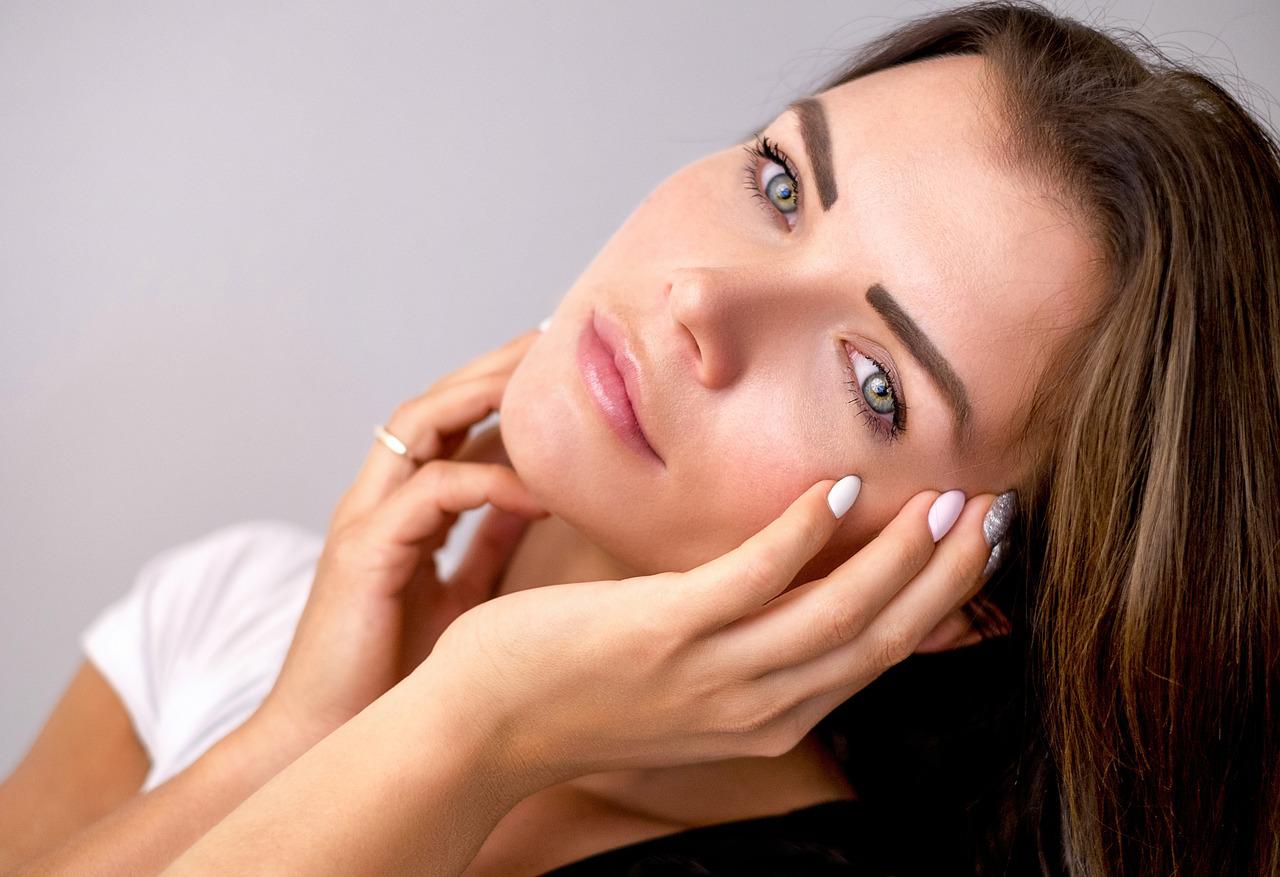5 Benefits of Botox That May Surprise You
Medical science will always be evolving and with health; the ability to appear youthful goes hand in hand.
Would you believe that one of the best-known agents for smoothing out wrinkles was developed from one of the deadliest toxins to humans.
We are talking about Botox and although we mostly think of it as a facial application; it holds nearly eight hundred more patents since its approval over thirty years ago.

#1: Overactive bladder (FDA approved)
In the study Anticholinergic Therapy vs. OnabotulinumtoxinA for Urgency Urinary Incontinence
Dr. Linda Burbaker (dean and chief diversity officer of the Loyola University Chicago Stritch School of Medicine) discovered around 70% of women who typically leak five times a day; once treated with Botox reported a reduction to only three.
#2: Chronic migraines (FDA approved)
More than 23 million Americans (17% of women and 6% of men) suffer from migraines, an episodic disorder that can last up to 72 hours. Dr. William Binder; (a Beverly Hills plastic surgeon) found that after administering Botox for wrinkles; people reported fewer headaches.
#3: Excessive underarm sweating (FDA approved)
After doctors found that patients that were treated for facial spasms had a decrease in perspiration; they began applications for people with a condition called severe primary axillary hyperhidrosis. In 2004; Botox was approved for this treatment.
Some other studies have yet to be FDA approved such as;
#4: Depression (not FDA approved)
A study conducted on 74 people in 2014 found that 52% of those who received Botox; symptoms then dropped six weeks later. Although this is an extreme example the study does attempt to link facial expressions and the ties to mood.
#5: Cleft lip scars in babies (not FDA approved)
Dr. Roberto Flores, director of the Cleft Lip and Palate Program at NYU – has been known to administer infants’ scars with Botox to improve the appearance of scars which allows the facial muscles to hold during the healing process.
While science continues to develop its own research; we encourage you to reach out to us with any questions or possible uses you might have in your own life. More information can be found here as well as reaching out to us directly.
